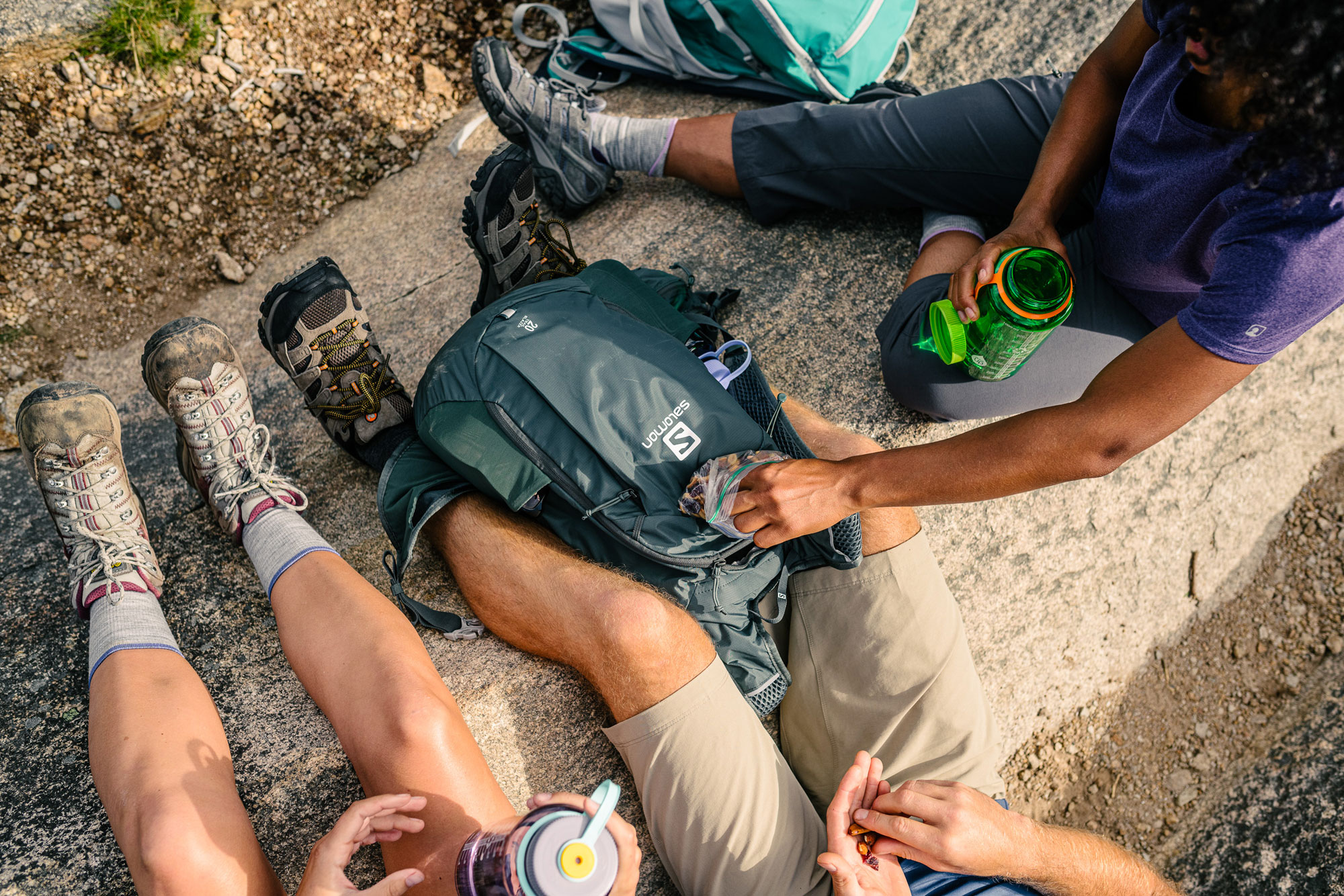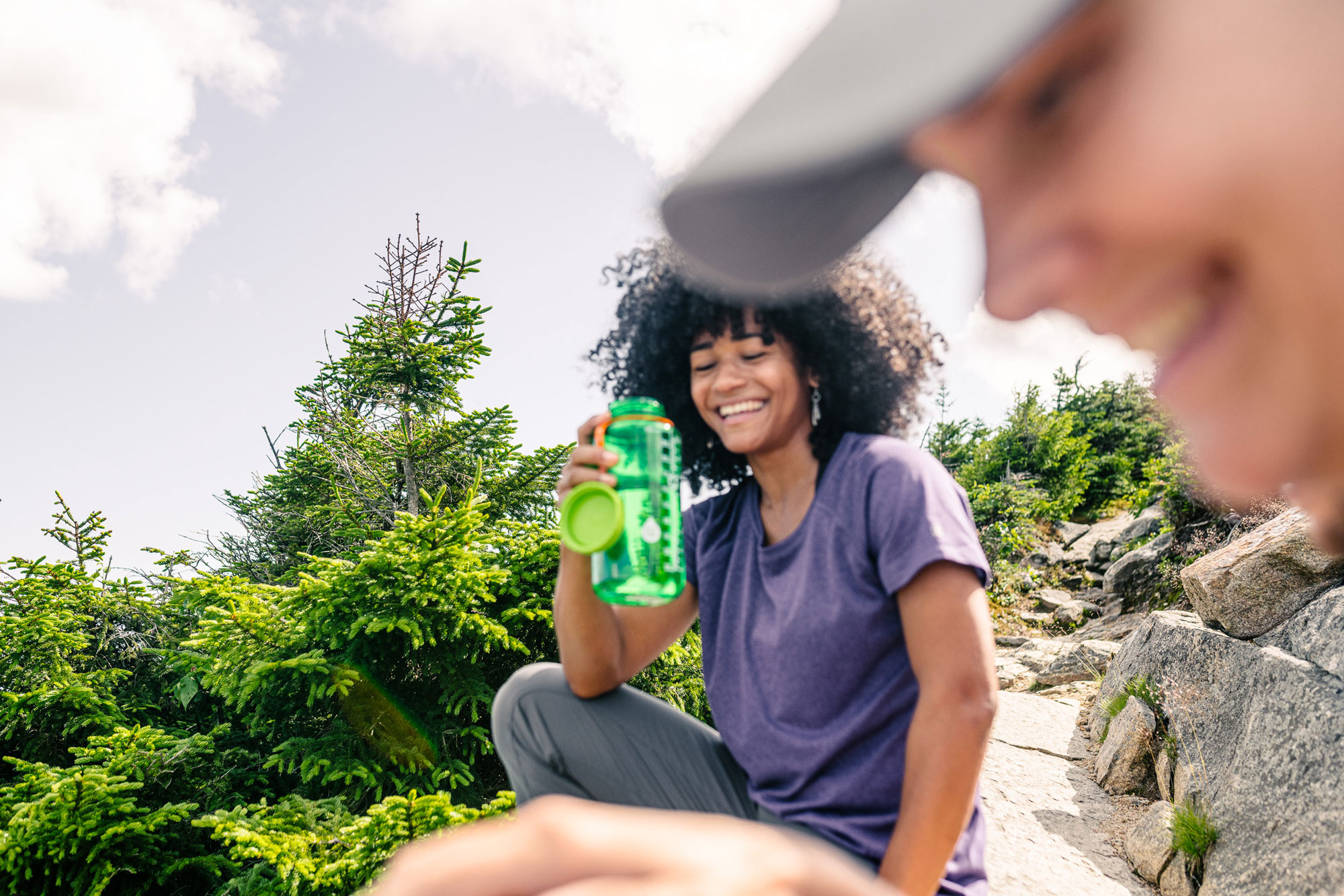I don’t know about you, but sometimes I’m not exactly the best at putting all my warm weather gear away for the winter. And despite years of the same outcome, I’m always horrified when I find unexpected organisms living amongst my stuff—especially bacterial colonies in a water bottle, hydration bladder, or forgotten food. So what exactly is growing in your favorite hydration devices? Why is it there? And what can you do to prevent it in the future?

Bacterial Hitchhikers
In 2018, some brave scientists in Brazil asked gym goers at random to pass over their water bottles for testing. A horrifying 83 percent of those bottles had bacterial contamination. Even grosser? Staphylococcus aureus was found in 27 percent of the bottles and E. coli in 17 percent. For those unfamiliar with these, staph is a well known bacteria that can cause skin infections, pneumonia, and more . And E. coli? Short for “Escherichia coli,” this friendly little germ causes vomiting, diarrhea, abdominal pain, and fever.
So why has bacteria decided that your hydration pack or bottle is the perfect place to hang up their “Home is where the germ is” sign? Bacteria requires three very specific things to grow: warmth, water, and organic matter. Bacteria finds temperatures above 60°F quite perfect (and so do most of us come this time of year) and your lukewarm water bottle is quite lovely. As for organic matter, things like salt and sugar are ideal. But pieces of you—backwash, mucus, etc.—are even better.
And now you’re nervously staring at your water bottle wondering what in there is trying to kill you, right? And exactly how long has this devious plan been going on? A “biofilm” can start growing in your bottle in as little time as 48 hours, especially if there is sugar involved. And this stuff is devious. It’s surprisingly sticky, adores plastic, and needs to be manually removed. The more time and more perfect the conditions, the more elaborate your colonies get. Fun fact: These colonies don’t love metal and glass anywhere near as much!

How to Get Rid of Them
Before you start planning a bacterial exorcism for your favorite hydration device, let’s dig into what you need to do to avoid swigging staph and E. coli. First off, biofilm has to be removed manually which requires physically scrubbing the surface with a brush, hot water, and soap to remove the contamination. Next, you’ll need to disinfect using boiling water. Fill it up and let it sit. And finally… don’t make the same mistake again. Always wash your devices out before storing in a clean, cool, and dry environment. And next season? Give everything a solid clean every five days: scrub, decontaminate, disinfect. Your immune system says thank you.
Jillian Bejtlich Terry
Jillian Bejtlich is a lifelong New England-based super nerd with a serious love of the outdoors, science, and traveling. When she's not busy finding innovative ways to spur online collaboration between strangers as a community strategist, you'll likely find her on a bike, SUP, skis, snowboard, being dragged around by Yuri (husky) and Kina (malamute), or enthusiastically sharing her love of all things nerdy.




